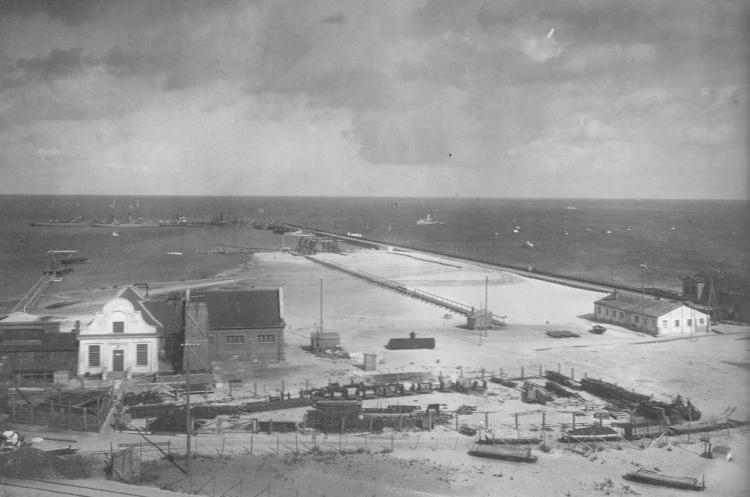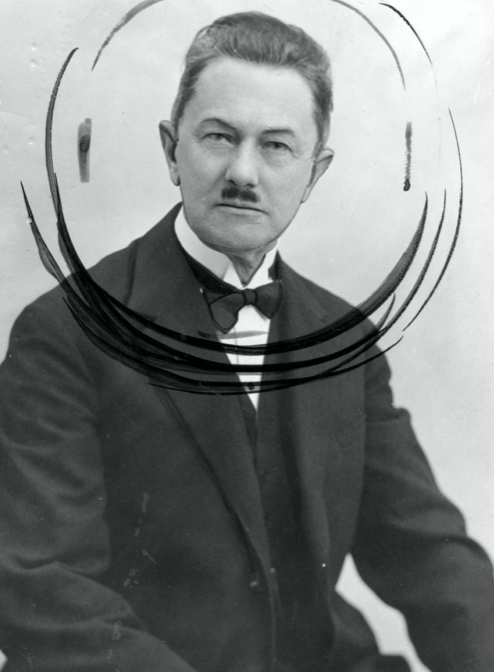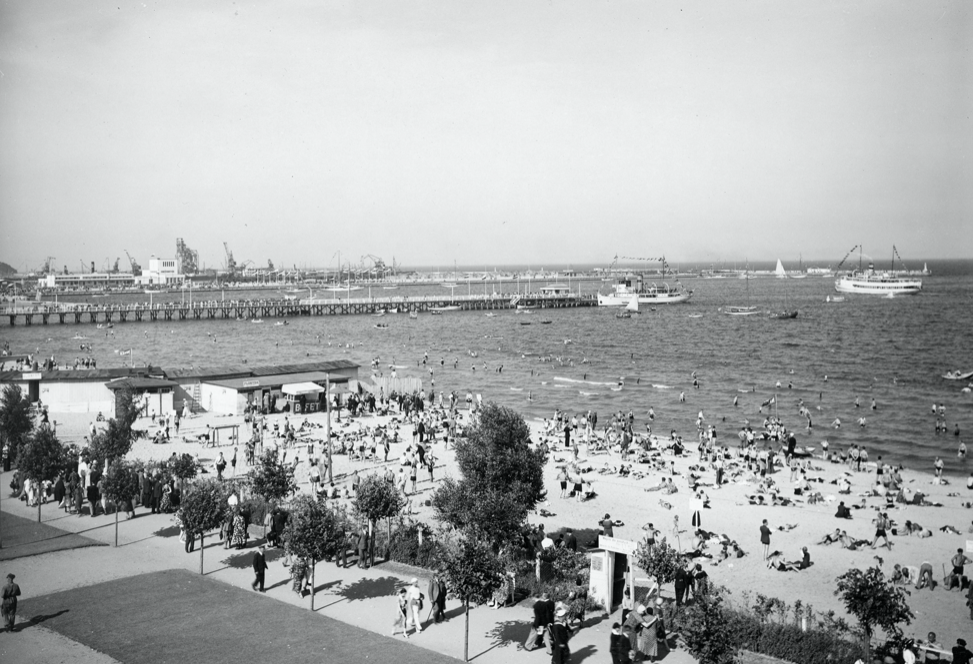Independent Poland 1918-202
On 23 September 1922, the Sejm of the Republic of Poland passed a law on the commencement of the construction of a seaport in Gdynia. When we look at the photos of this great port city from the beginning of the 20th century, we can see a modest village, with a few large summer houses, where there are not even paved roads. Some historians note that if the Sejm had not adopted the law on the construction of the port, Gdynia would have been simply a seaside holiday resort today. However, the fate of Gdynia changed dramatically at the end of World War I. The seaside city neighbouring Gdańsk became one of the most important social and economic initiatives of the Second Polish Republic.
Gdynia’s landscape at the beginning of the 20th century is not only holiday villas, but also fishermen’s huts and farms. This is what Marcelina Kulikowska said about Gdynia “The houses are mostly single-storey, brick and clad, tiled or thatched. On the street, you can see fisherwomen carrying large baskets made of woven baskets on their backs. […] Several women carry bundles of flounder tied in their hands.” At the beginning of 1920, thanks to the provisions of the Treaty of Versailles, Poland gained access to the Baltic Sea, which had been lost earlier. The 140-kilometer coastline was mostly places without infrastructure or industry. Gdansk, which at that time was not within the borders of the reborn Polish state, was a complete port city. The Commonwealth, on the other hand, badly needed a port.

Fig. Construction of Gdynia, 1925, NAC
Tadeusz Wenda, an experienced engineer, came to Pomerania with a mission to mark out a place where a modern military port would be built, and he chose a village called Gdynia. Then the authorities conducted a census in Gdynia, according to which Gdynia in 1921 was inhabited by 1268 people. Five years later, when Gdynia was granted city rights, there were about 12,000 inhabitants, while just before the outbreak of World War II, 127,000 people lived in Gdynia.

Fig. Tadeusz Wenda, NAC
In 1923, President Wojciechowski officially opened the port, and a few months later the first ship, the “Kentucky”, sailing under the French flag, arrived at the port.
Until 1926, the export of goods through Gdynia amounted to 404 thousand tons, while in 1938 it was 7414 thousand tons. It accounted for nearly 50% of Poland’s foreign trade. As a result of World War II, the city did not suffer as much as Gdańsk, but the port of Gdynia and the shipyard were destroyed. However, the inhabitants of Gdynia suffered the most, as they were deported to concentration camps or resettled, and of course many also died at the front. After the “liberation” of the city in 1945, people returned to Gdynia, looking for places to start their lives anew. However, it was not only the inhabitants who decided to “set a course” for Gdynia, but also the inhabitants of Warsaw, Vilnius, Lviv and Poznań. After the war, the port of Gdynia became the largest repair base for the Polish naval fleet. In 1951, the first ship named “Melitopol” was launched in the port.

Fig. Gdynia, 1935, NAC
December 1970, the time when the shipyard workers of the ports of Gdynia and Gdansk rebelled against the people’s government, a puppet of the USSR. This event remains to this day as one of the most tragic, as a consequence 45 people died and 1165 were injured. There were also joyful days of rebellion and hope in August 1980, when Solidarity was born. Gdynia is currently home to the second largest seaport in Poland in terms of transshipments. The port specializes in container handling. It is considered by specialists to be the most versatile port on the Polish coast. It is also the main passenger port of the Tri-City.
Some of them had their origins in working-class circles. The post-war generation experienced the tragedy of the bloody events of December 1970, when the Gdynia shipyard workers, just like the Gdańsk shipyard workers, rebelled against the people’s government on behalf of the entire nation. It was the most tragic event during the pacification of workers’ protests on the coast by the communist authorities. As a result, 45 people were killed and 1165 were injured. Gdynia remembers them. There are two monuments in Gdynia dedicated to the victims of December 1970. There were also joyful days of rebellion and hope in August 1980, when Solidarity was born.
Learn more
Ignacy Mościcki – How the King of Nitrogen Became President
Sport after regaining independence
Origin
https://ftp.port.gdynia.pl/pl/o-porcie/historia-portu?showall=1




